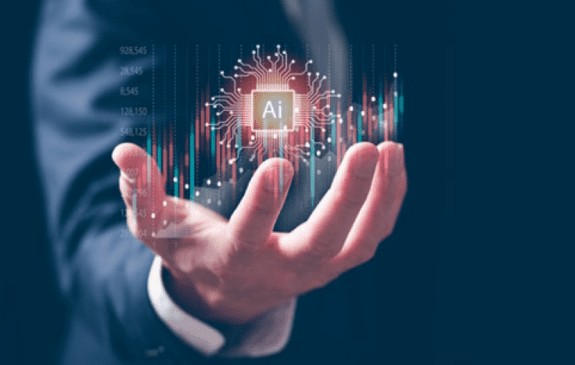Generative AI and copyright

Are you taking the right precautions?
Many businesses have been using artificial intelligence (AI) for a long time to gather insights into their data and make strategic decisions. Recent generative AI improvements, however, have brought the power of AI into the public’s hands like never before. As a certain spider[1] once said: With great power comes great responsibility.
Generative AI technologies can now be used to create almost any type of content you can imagine; everything from a poem about pineapples to music in the style of Mozart and even three-dimensional models of motorbikes. However, the legal and human issues these technologies create are far less inspiring.
At its core, generative AI models are trained on large datasets of predominantly human-generated works to generate new works, that are ‘inspired’ from works within the training dataset. This approach raises several important legal questions, including:
- Are companies allowed to train an AI model on content which they do not own? This is particularly significant considering much of the content is not in the public domain and is, arguably, covered by copyright
- Once a model has been trained, who owns the content the model produces, and can it be used without infringing the intellectual property (IP) of others, and
- Can you own and protect the output from an AI model?
There are also the ethical and fairness issues of using the creative works of others without compensation.
Many of these topics are currently being litigated in courts around the world, and while it would take a lengthy article to cover each issue in detail here, we discuss three key issues below.
- IP laws vary from country to country
While there are international agreements on copyright provided under the Berne Convention, there are still significant differences in copyright law in different countries. This is particularly important when it comes to issues such as relying on ‘fair use’ as a defence to copyright infringement.Copyright is also only a small piece of the puzzle. Depending on how you use AI, you may need to also consider local and international laws covering moral rights, consumer protection such as the Fair Trading Act 1986 and the tort of passing off, breach of contract, violations of the American statute Digital Millennium Copyright Act 1998 and unfair competition laws – to name just a few.
- AI-generated content can still infringe the rights of others
Even if an AI is tasked with creating new content, this does not guarantee that content can be used without infringing the rights of others. Most AI models have been trained on datasets that include works protected by copyright, patents, trademarks and registered designs. Therefore, before being used, the generated outputs should be reviewed to assess potential infringement issues.
- The use of a generative AI may prevent you from asserting copyright in the generated works
Most guidance from overseas markets at this stage is that to be copyright-eligible, the creative work requires a human author. Prompting an AI to generate content is unlikely to meet the human authorship standard. The extent to which you can claim copyright on an AI-generated work is likely to be limited to a detailed analysis of exactly what the human inputs were when compared with the computer-generated outputs.
What can you do to reduce risk?
Despite these above issues, you can take practical steps to help reduce your risk in using AI-generated content. These include:
- Searching to determine how different your AI-generated content is from existing, potentially protected works
- Ensuring that key issues such as privacy and confidentiality are not breached by your use of the AI
- Fact checking the outputs of the AI
- Ethical use of the AI, including not using the AI as a tool to copy or mimic the art style of another person or company, and
- Keeping detailed records of what the generative AI was used for, including details of prompts, intermediate outputs, manual edits and so on.
Since generative AI technologies can be used in a seemingly endless number of different applications, your risk exposure will depend on exactly what you are using these technologies for and what precautions you can take to reduce your risk.
[1] Spider-Man said this, but it has also been attributed to Winston Churchill.
Fineprint is printed on Advance Laser Offset, a paper produced using farmed eucalyptus trees and pulp from Well Managed Forests – manufactured in an ISO14001 and ISO9001 accredited mill.
DISCLAIMER: All the information published in Fineprint is true and accurate to the best of the authors’ knowledge. It should not be a substitute for legal advice. No liability is assumed by the authors or publisher for losses suffered by any person or organisation relying directly or indirectly on this newsletter. Views expressed are the views of the authors individually and do not necessarily reflect the view of this firm. Articles appearing in Fineprint may be reproduced with prior approval from the editor and credit being given to the source. Copyright © NZ LAW Limited, 2023. Editor: Adrienne Olsen. E: adrienne@adroite.co.nz. M: 029 286 3650. ISSN 1174-2658 (Print) ISSN 2744-3973 (Online)
